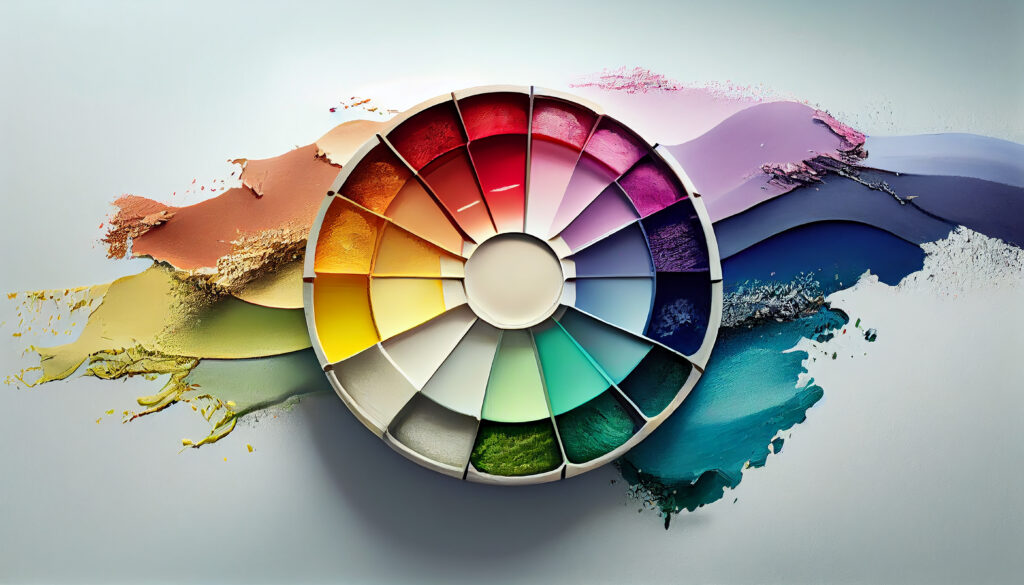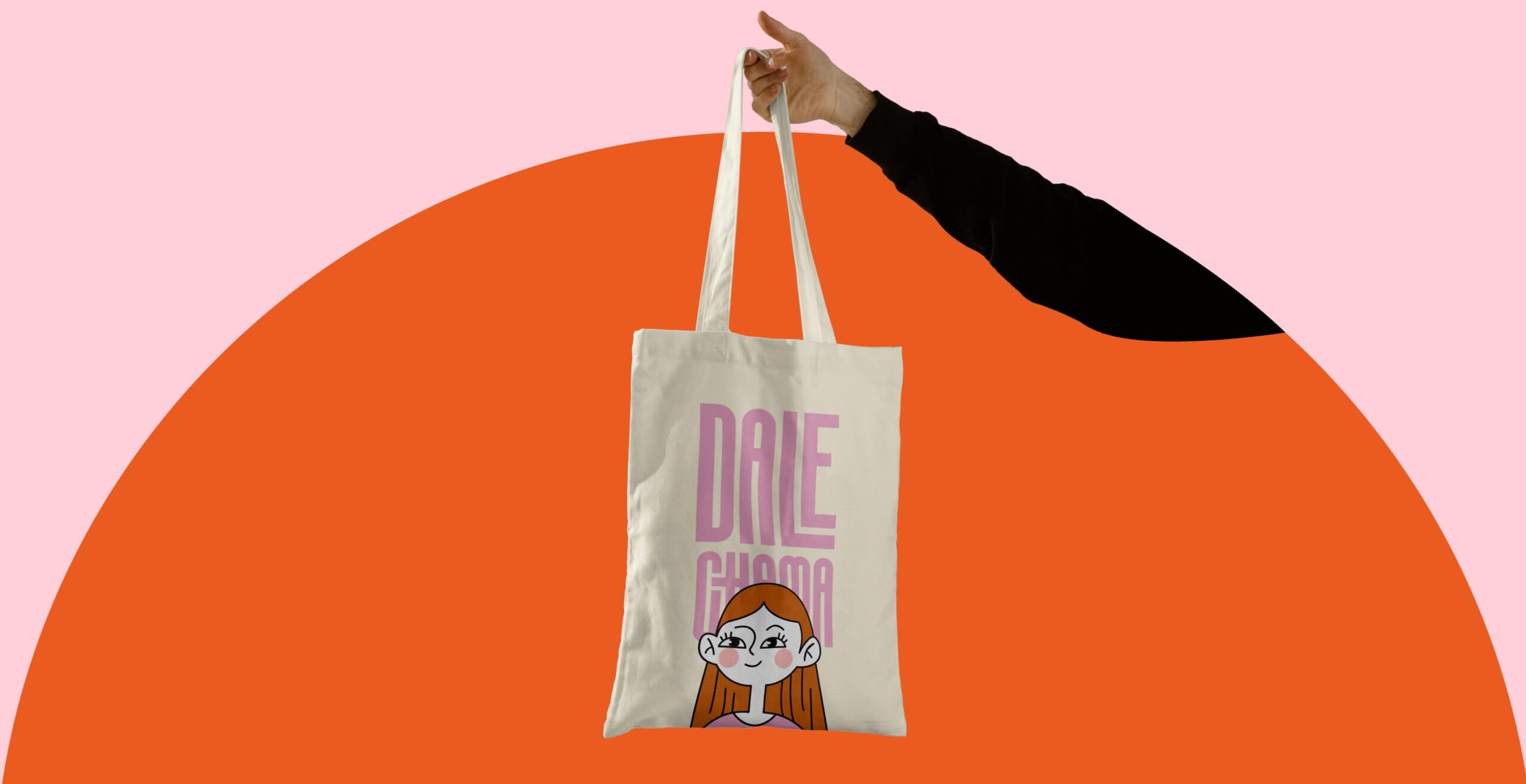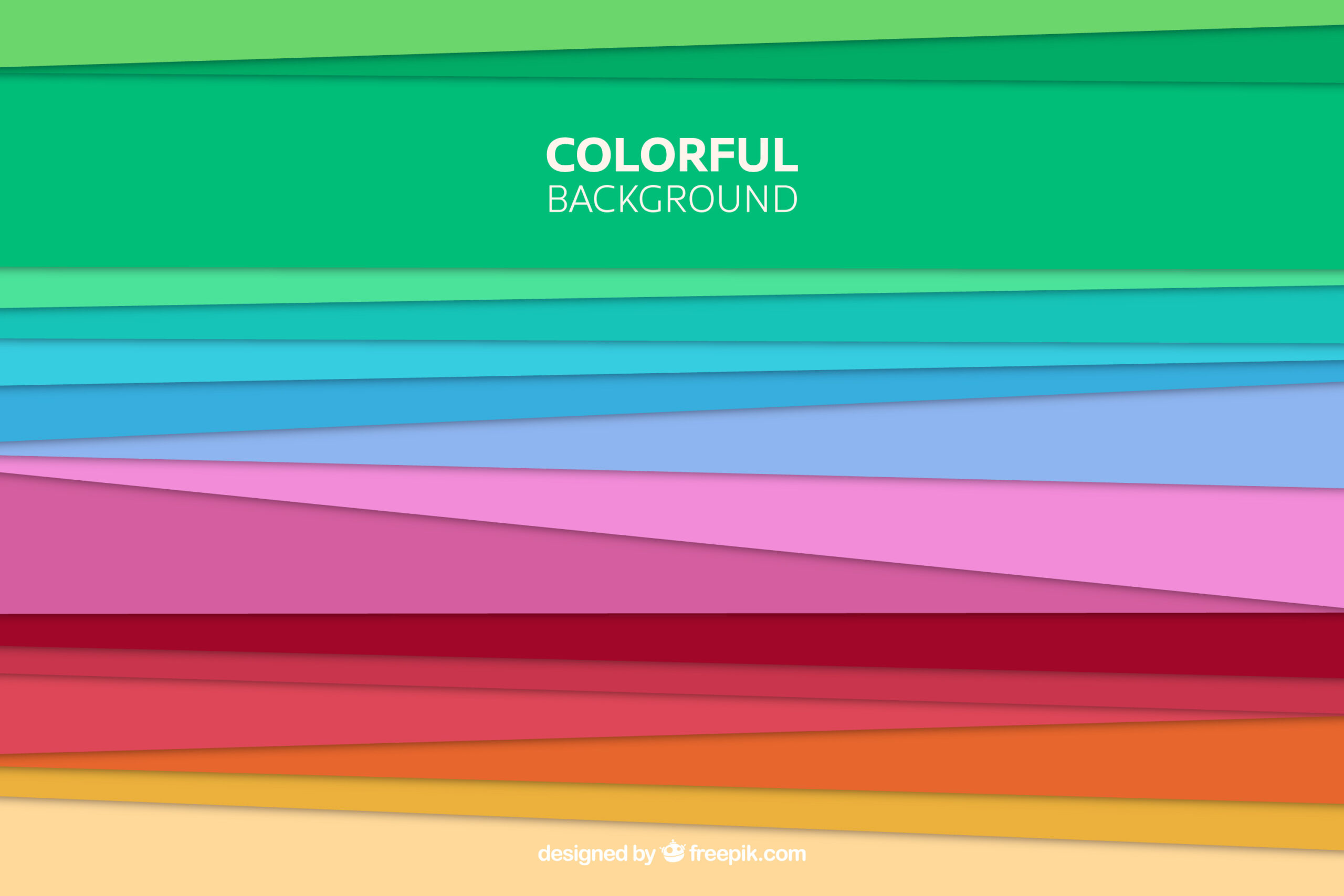The Power of Color Psychology
Influencing Emotions and Brand Perception
Best tips for aplaing color psychology
5 Nov, 2023
5.59 PM

Angely Colmenares

In today’s visually driven world, colors play a significant role in shaping our emotions, behaviors, and perceptions. Picture a serene blue sky, a vibrant red sunset, or a lush green forest—each color evokes a distinct feeling within us. This phenomenon forms the basis of color psychology, a fascinating field that explores the impact of colors on the human mind. In this blog post, we will delve into the captivating world of color psychology, uncovering its influence on our emotions and how businesses can leverage this knowledge to create powerful brand experiences.
By understanding the psychology of color and how it relates to your target audience, you can strategically use color to influence the perceptions and emotions of your customers, thereby strengthening your brand and creating a deeper connection with your audience.
The Science Behind Color Psychology
Color psychology is rooted in the understanding that colors can elicit emotional responses and affect our mood and behavior. Researchers have found that different hues can elicit specific psychological effects. Warm colors, such as red, orange, and yellow, tend to evoke feelings of energy, passion, and warmth. They can grab attention and stimulate appetite, which is why you often find them used in food and restaurant branding.

On the other hand, cool colors like blue, green, and purple are associated with calmness, tranquility, and relaxation. They create a sense of harmony and serenity, making them popular in industries related to wellness and nature. Understanding these color associations can help businesses choose the right palette to convey their desired message and connect with their target audience on a deeper level.
Color Psychology in Branding
The influence of color psychology extends far beyond personal preferences—it has a profound impact on branding and marketing strategies. Companies carefully select colors to create a visual identity that aligns with their brand personality and resonates with their target market. Consider the iconic Coca-Cola logo with its vibrant red or the calming blue of Facebook—these color choices are intentional and evoke specific emotions in consumers.

When used strategically, colors can shape brand perception, evoke desired emotions, and influence purchasing decisions. For example, a luxury brand may utilize gold or silver tones to convey elegance and exclusivity, while a youthful and energetic brand might opt for bold, vibrant colors to create a sense of excitement. By understanding the psychology behind color associations, businesses can make informed decisions about their branding, product packaging, website design, and marketing communications.
Applying Color Psychology in Marketing Strategies
To effectively leverage color psychology in marketing strategies, businesses should consider their target audience, industry, and desired brand image. Here are a few key considerations:
Target Audience
Understand the demographics, preferences, and cultural associations of your target audience. Different colors can evoke varying emotions and have different connotations across different cultures. Tailor your color choices to resonate with your specific audience.
Brand Personality
Reflect on the personality and values of your brand. Is it playful and energetic or sophisticated and elegant? Select colors that align with your brand’s character and desired perception.
Consistency and Contrast
Establish a consistent color scheme across all touchpoints to create brand recognition and cohesion. Additionally, consider using contrasting colors strategically to highlight key elements and create visual impact.
Color Combinations
Explore the use of complementary or analogous color schemes to create visual harmony. Be mindful of the color combinations you choose, as they can enhance or detract from your brand message.
Testing and Iteration
Conduct A/B testing and gather feedback to assess the effectiveness of your color choices. Continuously evaluate and refine your color strategy to ensure it aligns with your marketing objectives and resonates with your audience.

Colors in marketing
Here’s a list of 10 commonly used colors in marketing and their associated meanings:
Red
Passion, energy, urgency, excitement, power, love, aggression.

Blue
Trust, calmness, professionalism, security, serenity, reliability.

Green
Nature, freshness, health, growth, sustainability, tranquility.

Yellow
Joy, optimism, happiness, creativity, clarity, youthfulness.

Orange
Enthusiasm, vitality, creativity, fun, accessibility, friendship.

Purple
Luxury, mystery, spirituality, creativity, wisdom, imagination.

Pink
Femininity, tenderness, delicacy, romance, nurturing, sweetness.

White
Purity, cleanliness, simplicity, innocence, perfection, freshness.

Black
Elegance, power, exclusivity, sophistication, mystery, authority.

Gray
Neutrality, balance, seriousness, maturity, professionalism, stability.

Related Episodes
1.20 min
episode 02
The sweetest music this side of heaven
1.20 min
episode 02
The sweetest music this side of heaven
Support the show on Elecast
Enjoy listening to our podcast? Consider making a donation!

Leave a Reply